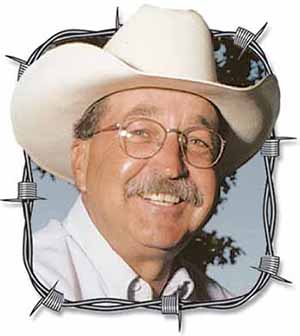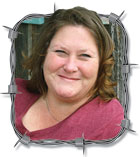A barn is more than just a building.
I first realized this at the tender age of 4 as my family prepared to move their farming operation from Arkansas to Missouri. My father spent a great deal of time and money to construct a huge barn on the newly acquired property – months before work was started on a house for our family to live. There had to be priorities.
I can remember riding with Dad on the 25-mile trip each day and being excited about spending the day watching him and Euell, a neighbor he had hired, meticulously erect the gigantic (in 4-year-old eyes) structure. It turned out to be the largest building for several miles in any direction, and was a source of pride for the entire family. Sixty-five years later, I often drive by the old barn when visiting the area, and often stop and soak in some memories. Time and weather has not been kind to the old edifice as some of the owners, in between us and the current ones, failed to keep it up with the care that it deserved, but it still stands.
As I travel the country, I see new barns that cost hundreds of thousands of dollars. They are designed to protect machinery, house livestock, store hay, process feed and serve as the hub of the owner’s multi-million dollar investment, but most lack any character, whatsoever. Many times, I can look across the road or well off in the distance, and see the original old barn that has stood for decades and, sadly and slowly became obsolete in a different age of farming. Many, however, remain just as beautiful as they once were.
Last week, my daughter-in-law Alli asked if she could come out to the farm and scour an old barn for some weathered wood for a project on which her friend was working. I told her I was sure we could find something, so after she arrived we headed for my creek farm, where a majestic, old, wooden barn still stands after having been in place for around 100 years. By the standards of a century ago, the barn is massive, complete with a main body, symmetrical side-sheds, a loft large enough to serve as a dance floor and a geometrically perfect gambrel roof. The internal skeleton is comprised of oak timbers that were most likely sawn locally, and remain as straight and sound as the day it was built. One has to look long and hard, to find a knot of any sort, within the thousands of boards utilized in its construction. There are hay mangers running the entire length of each shed, where thousands of cattle have been fed over the years. There is a harness room, a milking parlor, a corn crib and a feed room. The only improvement made to the original design is the addition of a metal roof over the old wooden shingles, but because of the low ceilings, narrow sheds, and inaccessible doors, I use it only for storage.
Alli marveled at the beauty of the old boards that served as the outer skin of the barn, and commented that craftsmen would pay thousands of dollars for the chance to recycle all the lumber and beams it contained.
I’m sure she is right, but that old barn has withstood blizzards, ice storms, floods, tornadoes and dust storms. It has seen farmers prosper and go broke, and it has seen thousands of people pass the road beside her, never paying her a second glance. I find the old barn both elegant and strong, and it will most likely be standing when I am not. That old barn may well be pieced-out for picture frames and headboards one day, but I’ll let her live.
Sometimes, a barn is more than a building.
Jerry Crownover farms in Lawrence County. He is a former professor of Agriculture Education at Missouri State University, and is an author and professional speaker. To contact Jerry, go to ozarksfn.com and click on ‘Contact Us.’







